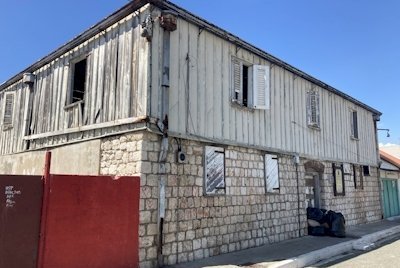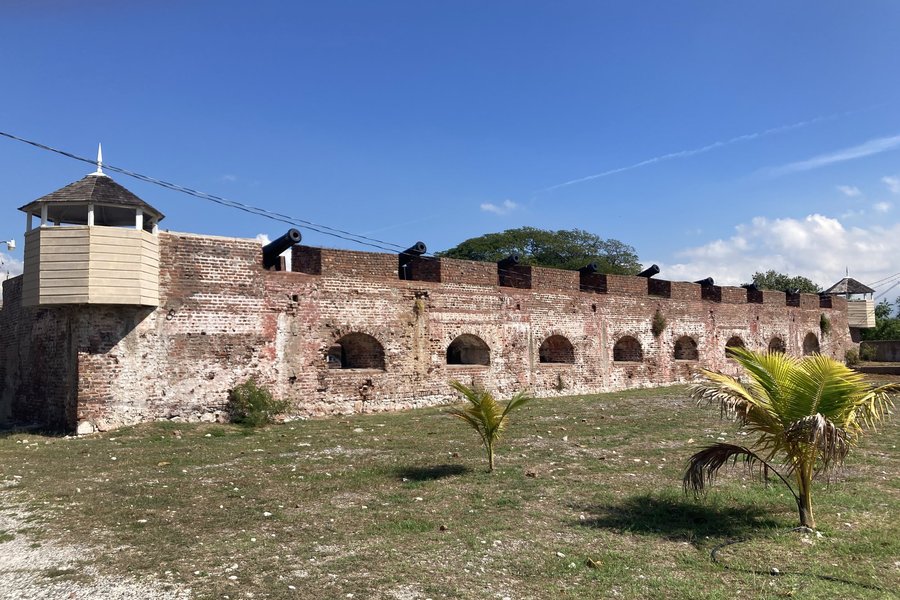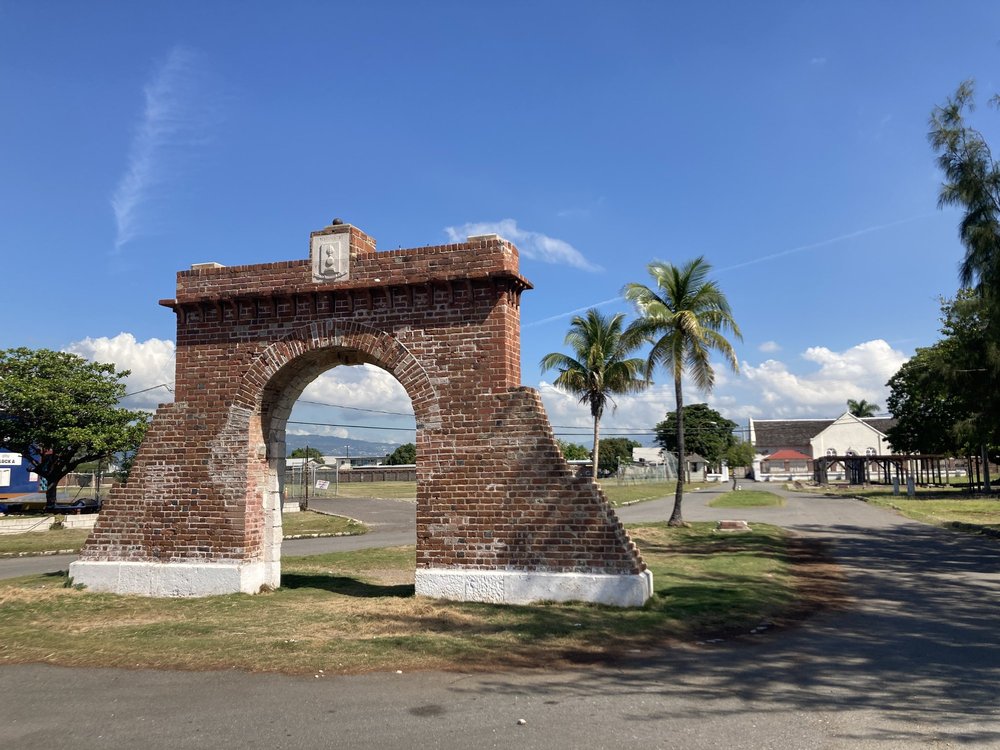Jamaica
17th Century Port Royal
The Archaeological Landscape of 17th Century Port Royal comprises the marine and terrestrial remains of what was the most important English colonial trading post for goods and enslaved Africans in the New World.
On June 7, 1692, Port Royal was consumed by an earthquake and two-thirds of the town sank into the sea. The underwater assemblage of excavated buildings, such as a tavern and markets in the sunken city, represents everyday life in this port town. On land, the main standing 17th-century building is Fort Charles.
Community Perspective: Solivagant visited in 2004 and did not find a lot of “vibrancy and excitement”. Els did so in 2024 and enjoyed Fort Charles, which was restored in 2021, but still, there are very few visible remains of other buildings. Both only covered the terrestrial part, as the marine part requires a permit. The site is located near Kingston Airport and is easily accessible.
Site Info
Official Information
- Full Name
- The Archaeological Landscape of 17th Century Port Royal (ID: 5430)
- Country
- Jamaica
- Status
-
Nominated 2025
Site history
History of 17th Century Port Royal
- 1988: Rejected
- Important for Jamaica but not WHS (earlier nomination under the name of 'Port Royal')
- 2009: Added to Tentative List
- Added to tentative list
- 2019: Deferred
- 2019: Deferred
- 2024: Incomplete - not examined
- Criteria
- iv
- vi
Links
- UNESCO
- whc.unesco.org
All Links
UNESCO.org
- whc.unesco.org — whc.unesco.org
Related Resources
- visitjamaica.com — Visit Jamaica
- liberalarts.tamu.edu — Port Royal Underwater Archaeology Project
News Article
- May 31, 2012 artdaily.org — Jamaica seeks heritage status for sunken Port Royal
Community Information
- Community Category
- Archaeological site: Caribbean
Travel Information
Recent Connections
View all (13) .Connections of 17th Century Port Royal
- Geography
- Trivia
- Architecture
- Constructions
- Timeline
- Science and Technology
News
- artdaily.org 05/31/2012
- Jamaica seeks heritage status for …
Community Reviews
Show full reviews
We saw confirmation in December 2023 that Jamaica planned to submit The Underwater City of Port Royal as its 2025 nomination; whether they did so in time I could not verify. It will be their fourth attempt to get this site inscribed. It was rejected in 1988 (only the terrestrial area, deemed of national importance only), deferred in 2019 (more focus on the 17th century needed and worries about a cruise ship pier) and had an incomplete dossier last year. In 2019 ICOMOS did find some potential OUV though (“a possibly unrivalled illustration of an English colonial town in the 17th century”) and Jamaica may now have taken the right path of approach that will lead to an inscription. It will consist of a terrestrial and a marine part (comprising an underwater archaeological site). My review will only cover the terrestrial part, which I visited earlier this week.
Port Royal, a small fishing town at the end of a tombolo known as Palisadoes, is easily reached by bus from Downtown Kingston. The ride on bus 98 takes 45 minutes and costs 70 JD (0,40 EUR). This bus also stops at the airport, so you could theoretically combine a trip to Port Royal with your departure or arrival. Be aware though that it is a very hot area and you won’t want to carry any luggage. It’s a relaxed place to roam around for a bit, a random guy yelling out to me in the street “Hey! Do you wanna …
Keep reading 0 comments
We visited Port Royal as long ago as 2004 and I review it now simply because it is nominated for 2019 and no one else has! I fear that the result will provide WHS travellers more with an indication of what the normal visitor will NOT see rather than describing a great visiting experience!!
We should first come clean that neither of us is into diving/snorkelling – which was always likely to prove a hindrance to viewing what is clearly badged as an “Underwater city”!! However it turns out that anyone wanting to dive the archaeological remains of Port Royal needs “special permission” from the authorities - and I have no indication from any Web site that this is readily given, though it may be of course that surreptitious trips are available. I wouldn’t have expected that gaining permission or making unauthorised dives will have become any easier since it was decided to nominate the site for WH status. ICOMOS will have wanted good evidence that the remains were properly protected. A web search will show that there are many dive companies offering diving in the “Port Royal Cays” but closer reading indicates that these are to reefs and wrecks well away from the excavations and the likely nominated marine area.
All is not lost however for those wanting a “visited tick”, since part of the site lies above the water and has presumably been included within the nominated area. The 1692 earthquake which destroyed the thriving town …
Keep reading 0 comments
